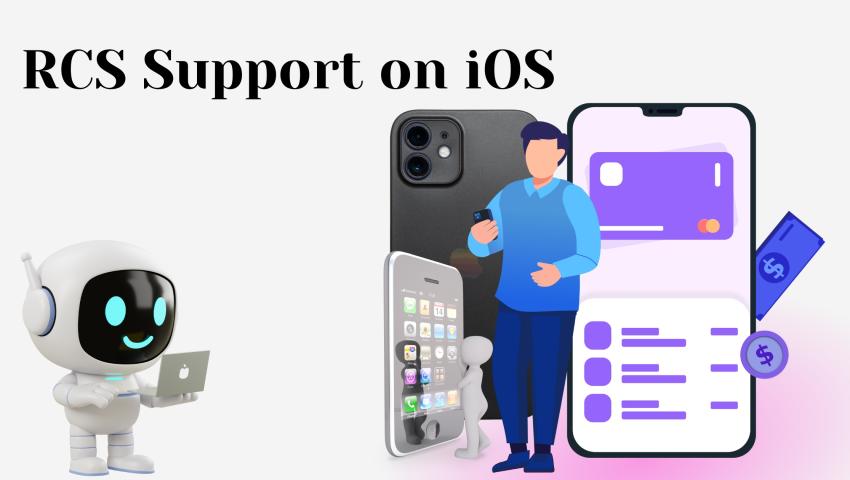
RCS Support on iOS Marks a Major Shift in Mobile Messaging
There are few things more culturally persistent than the green bubble vs. blue bubble debate.
For over a decade, iOS users have been bound by the pastel prison of iMessage, while Android
users floated in a fragmented cloud of SMS and MMS. But in a rare moment of cross-platform
diplomacy, Apple’s announcement to support RCS (Rich Communication Services) is nothing
short of a seismic shift in the mobile messaging landscape.
The End of 2005 Texting in 2025
SMS was revolutionary,for 2005. But it’s 2025, and sending grainy media, facing character
limits, and living without read receipts feels like using dial-up in a 5G world. RCS brings Android
up to par with iMessage’s modern perks: typing indicators, high-res media sharing, better
group chat functionality, and end-to-end encryption. And now, for the first time, iOS is
joining the conversation.
Apple’s move isn't just about features,it’s a cultural concession. For years, the company resisted
RCS integration, perhaps out of ecosystem loyalty or competitive strategy. But now, likely
spurred by regulatory pressure and consumer expectation, they’re welcoming a messaging
protocol that makes texting between platforms actually functional in 2025.
Messaging That Mirrors Real Life
Here’s the thing: messaging isn’t just about information exchange anymore,it’s emotional
bandwidth. We use it to share memories, fight battles, confess love, close deals, and send
memes. RCS, with its Wi-Fi support, location sharing, audio messages, and secure file
transfer, bridges that gap between sterile SMS and the intimacy of chat apps like WhatsApp or
Signal.
It acknowledges that messaging is a form of storytelling. You don’t just say “Happy Birthday”;
you send a voice note, a high-quality selfie with a sparkler, a GIF, and a digital bouquet, all in
one thread. That’s what RCS enables, and iOS stepping into that experience is a major cultural
and technological shift.
Not Just a Tech Update, A Behavioral 360
This is more than Apple checking a feature box. It’s a reset in how we think about default
communication. Historically, Apple users could “message down” to Android friends but rarely
with full parity. RCS levels the playing field, offering a unified, encrypted, media-rich experience,
no app download required.
Think of the implications: fewer people feel forced into buying an iPhone just for messaging
continuity. Families split across OS lines can share photos without compromise. Group chats
can finally breathe easy without the dreaded “one green bubble ruining it for all.”
Still Not an iMessage, But Close Enough?
Let’s be clear: RCS doesn’t turn Android messages into iMessage. The green bubble will likely
stay green. Apple may still keep some of its exclusive iMessage perks like Animoji or app
integrations. But the core communication experience, the thing that actually matters,is now
nearly identical.
And while Apple hasn’t promised full feature parity or even full encryption at launch, the
integration opens the door to more interactiveness, more pressure to evolve, and ultimately,
more power to users.
What Comes Next
In a world increasingly conscious of privacy, platform fatigue, and digital inclusivity, RCS support
on iOS is a win for everyone. It’s not just a tech extravaganza, it’s a statement: open
standards, richer communication, fewer walls.
This update won’t end the blue vs. green saga overnight. But it’s a turning point. It’s a sign that
even the walled gardens are learning to build bridges.
And in a time when we desperately need more connection,across apps, across devices, and
across people, RCS on iOS might just be the handshake we’ve all been waiting for.
